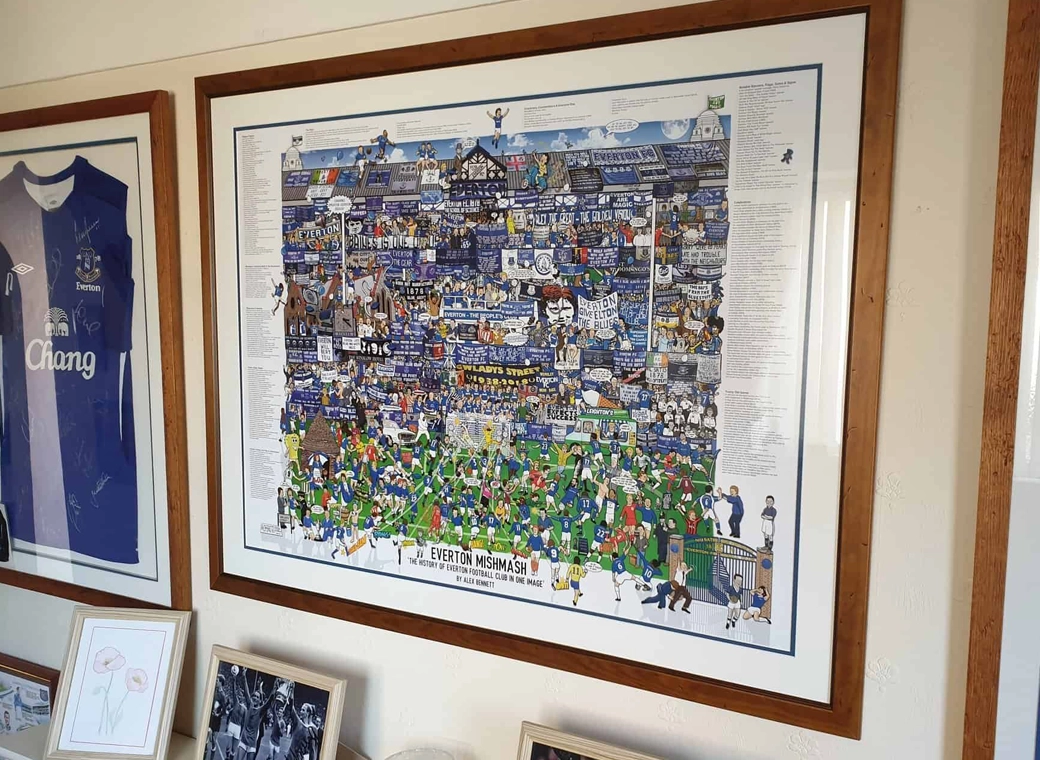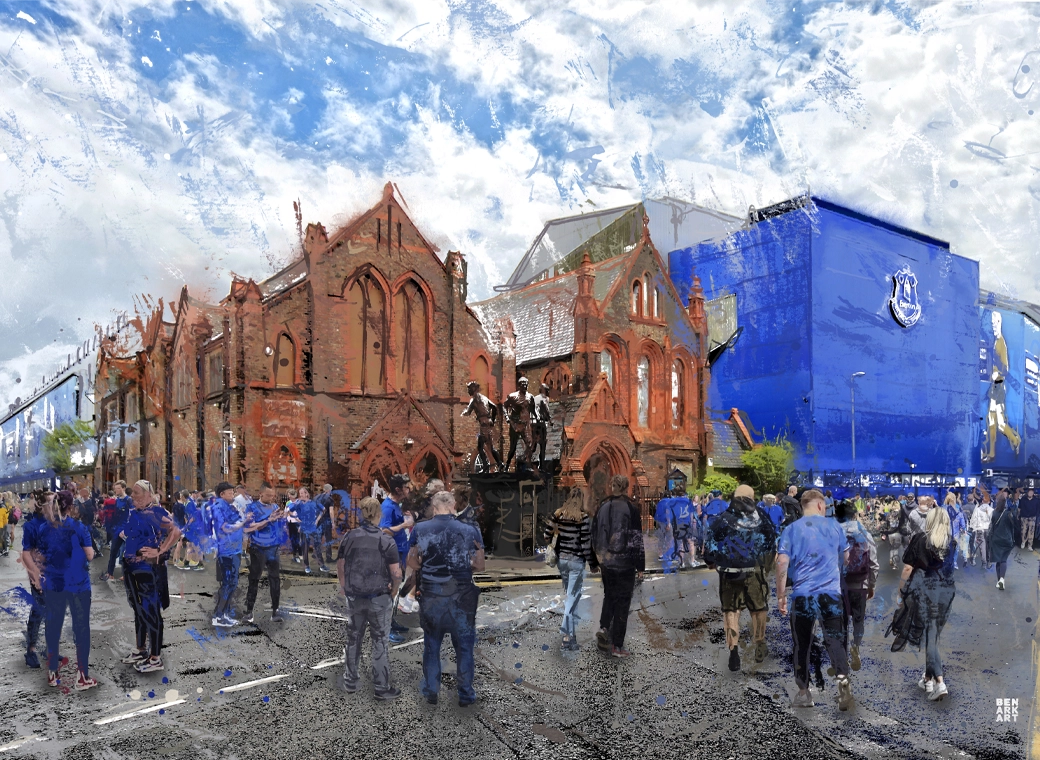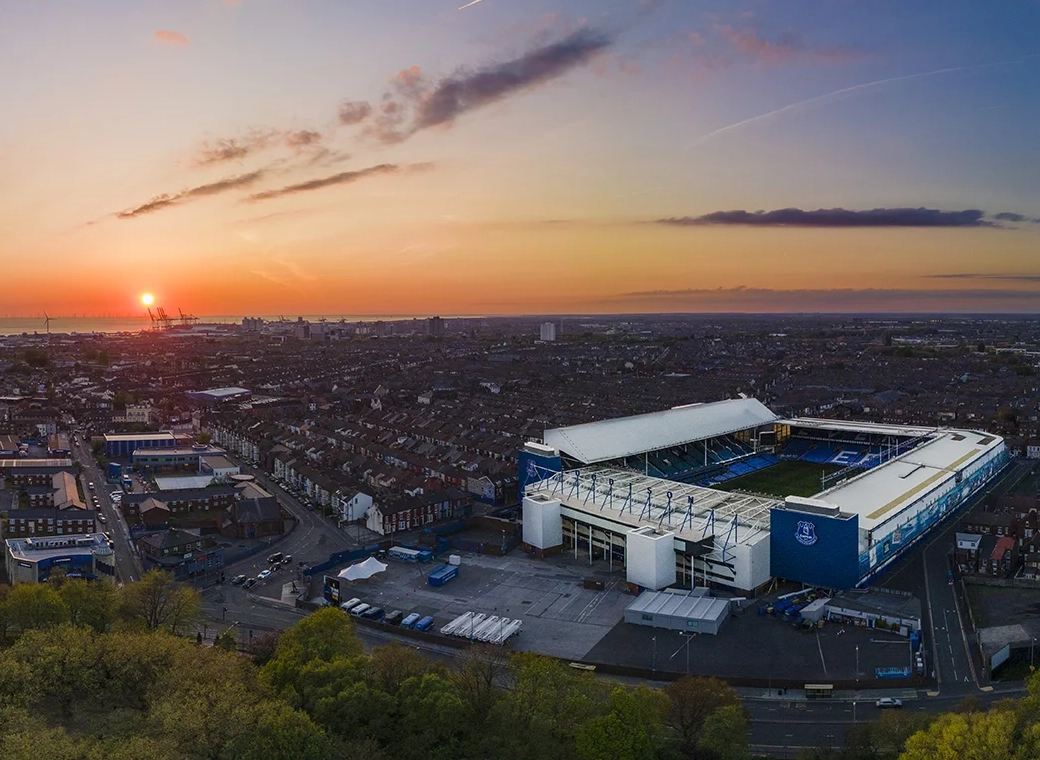Just picking up on some of the comments regarding compromises to appease consultees. Hindsight is a wonderful thing and if we'd known the the UNESCO World Heritage Site status would be removed anyway, despite bending over backwards to appease them, then we perhaps could've taken a more stoic position and saved some effort. However, even without the WHS status, I believe the site still sits in a conservation area, so there would still be some major hoops to jump through and a need to appease the frustrating Historic England and town planners in this regard.
I'm certainly no expert and there appears to be some knowledgeable posters on here, but I have read quite a bit of the planning app docs and it strikes me that most of the compromise is part of an ongoing negotiation process that gave the planning application the best chance of success. It's easy to say "why didn't we stand our ground" or "tell them to do one" but if we hadn't got the planning consent then we wouldn't be building anything for people to discuss or pick holes in.
There's some interesting stuff in the Design & Access Statement addenda that covers some of the stuff around the roof and the disappearance of the adjoined car park. The Places Matter panel seem to have been instrumental in asking for some amendments and I'm sure many of us would've liked to tell them where to go also, but some of the changes in my view are positive, such as making the structure more symmetrical, and simplifying the facade.
It's all subjective Of course and people will differ in opinion, but ultimately they got the Planning consent they were after. Who knows what would've happened if they'd stood their ground on a number of compromises.
Ultimately it looks like the planning process for a development this large, in an area with numerous planning constraints, is a complex process with a lot of negotiation and ultimately some compromise. Some of which you may think was a compromise to far?










